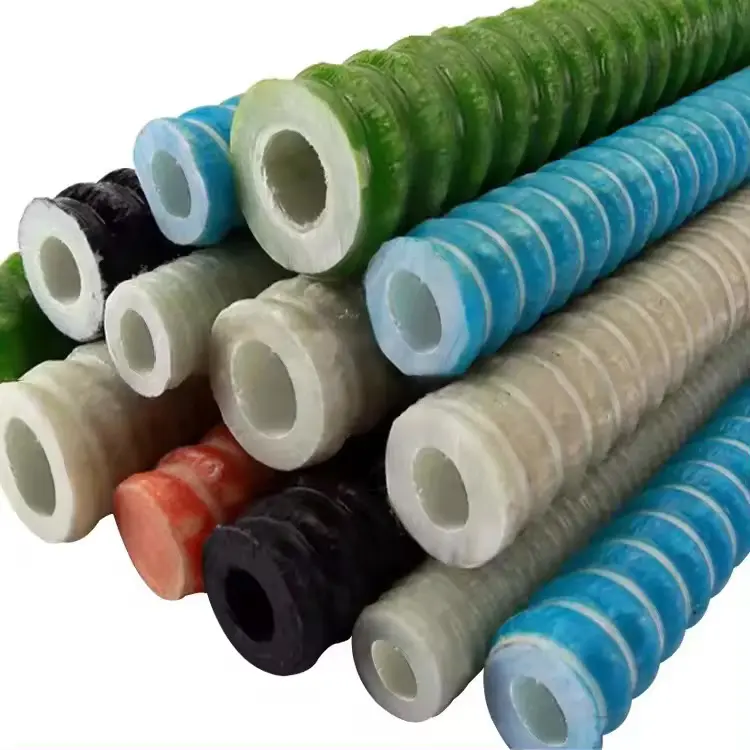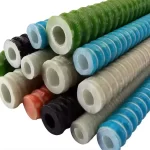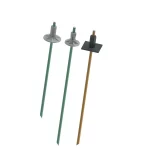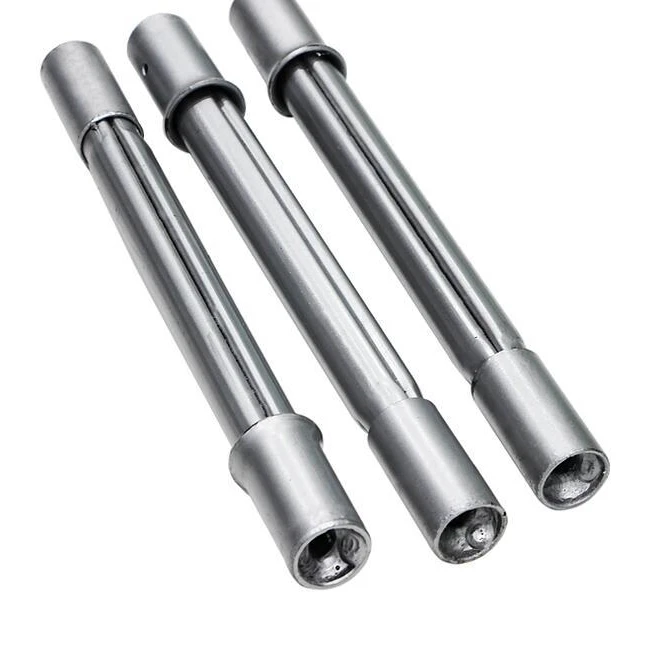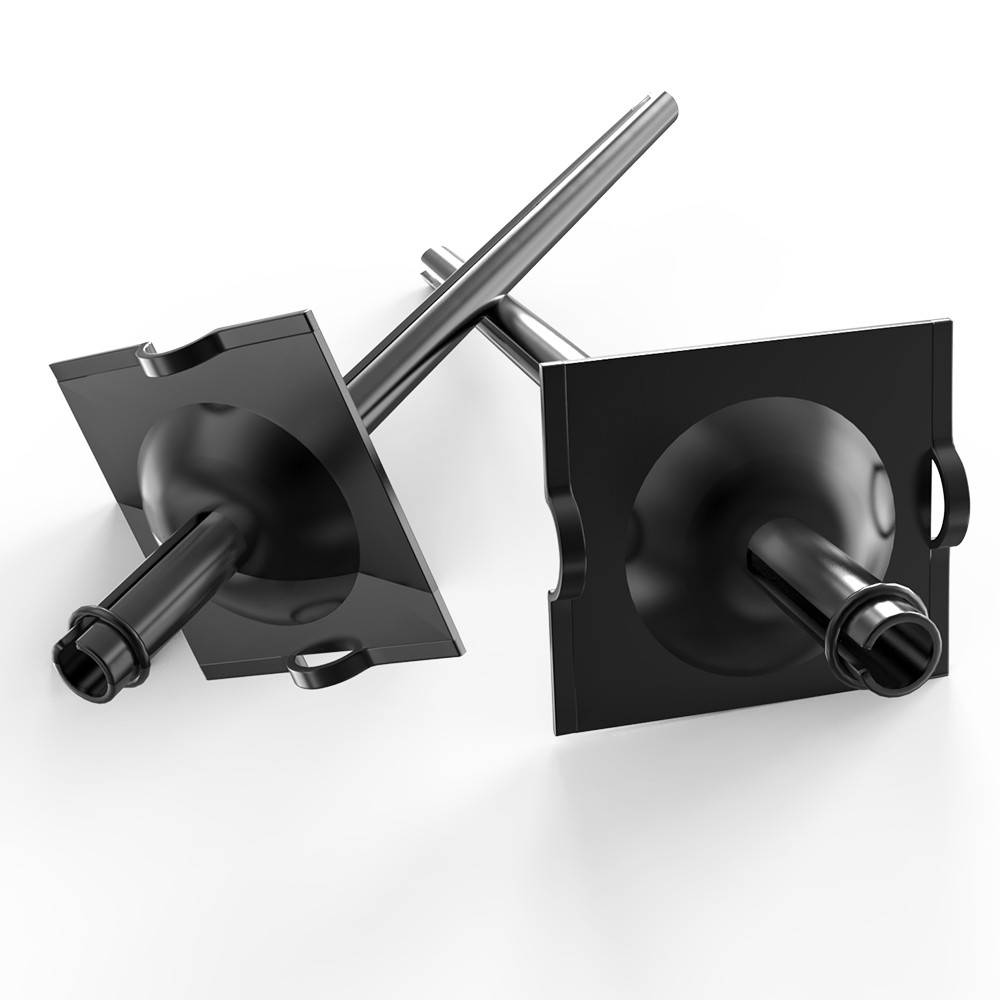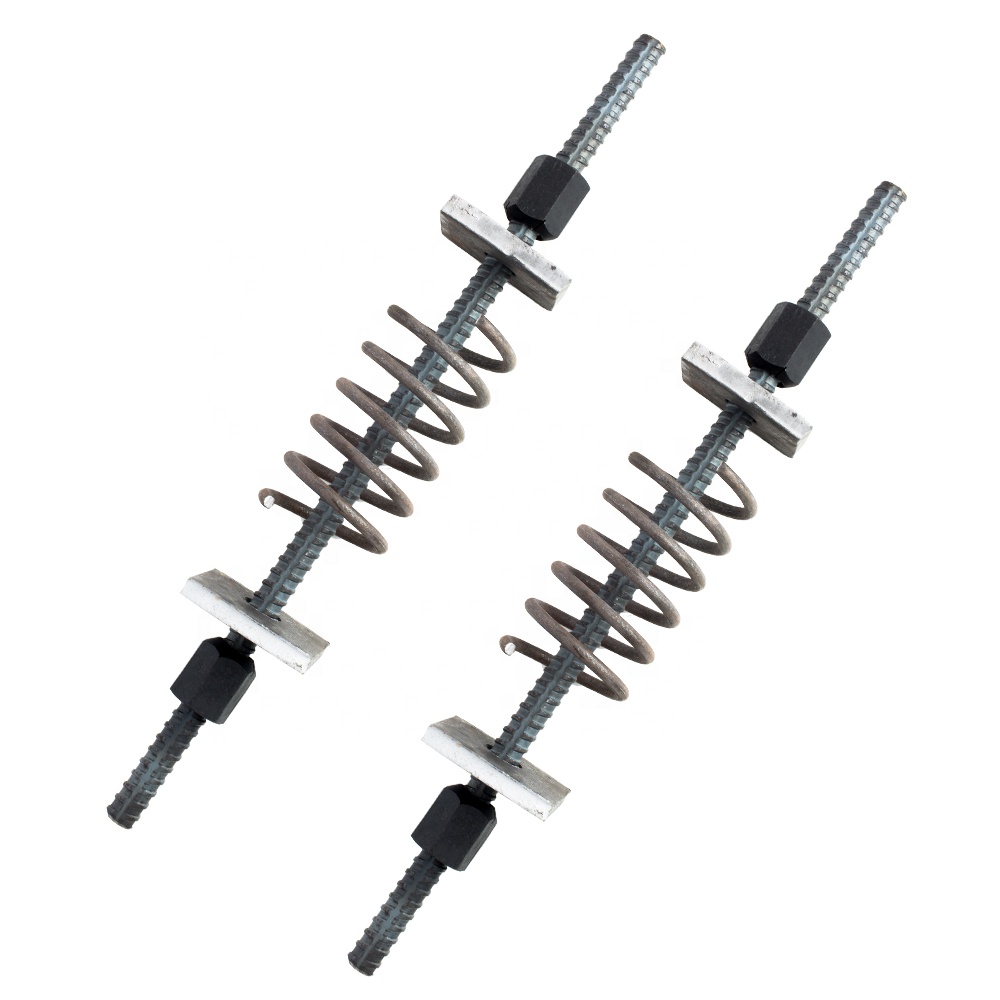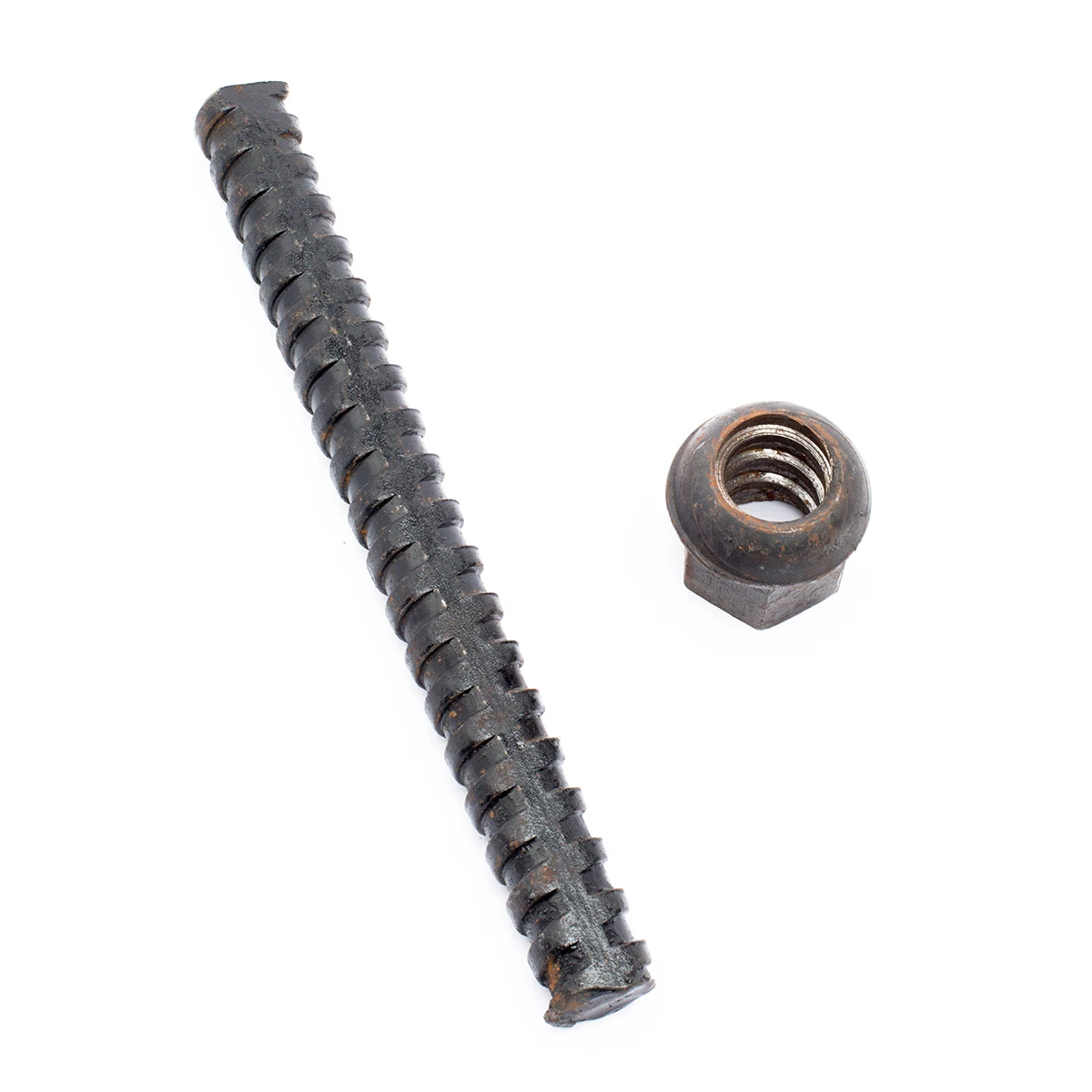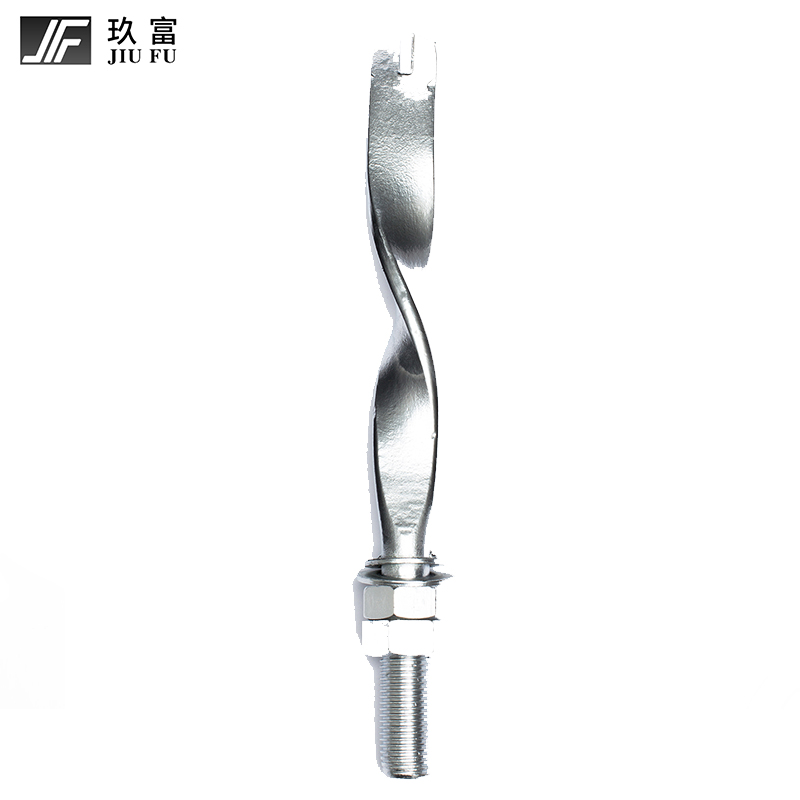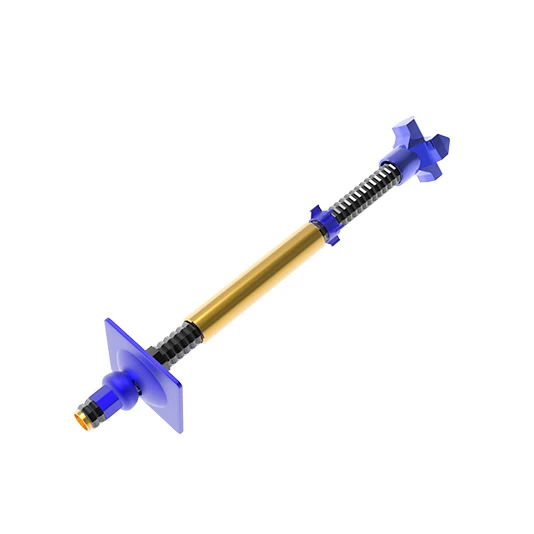Fully threaded resin anchor glass fiber reinforced rod
Product Introduction
Jiufu fully threaded resin anchor glass fiber reinforced rod body is formed by heating and solidifying glass fiber yarn, resin and curing agent. The shape of the rod body is fully threaded from the appearance, and the rotation direction of the thread is to the right. Common colors of the rod include white, yellow, green, black, etc.Conventional specifications are 16mm, 18mm, 20mm, 22mm, and 24mm. (We can customize the length and diameter according to your requirements). The main purpose is to strengthen rock mass. It can be used for coal mine tunnel protection, anchor support of underground projects such as mines and railways, tunnels, and anchor support of slopes such as railways and highways. Compared with traditional bolts, it has the following characteristics:
1.Light rod body: The weight of fiberglass anchor rods is only one-quarter of the mass of steel anchor rods of the same specification.
2.Strong corrosion resistance: Resistant to rust, acid and alkali.
3.Simple operation method: High safety factor.

Installation Process
1.Use appropriate drilling tools (electric hammer available). For concrete structures, the selection criteria for drilling tools are the same as for adhesive anchors.
2.Control the embedding length and smooth the holes. Length control is extremely important because anchor performance is extremely length-sensitive. Recommended embedment length is 75 to 150 mm.
3.Use a combination of purge and brush cycles to clean the holes as this is critical to achieving maximum bond strength. The cleaning process for fiberglass spikes and adhesive anchors is similar. It is recommended to perform at least two cleaning cycles.
4.Prepare and install anchor bolts. This involves three different processes.
4.1: Cut fiber bundles or ropes to desired length. The length of the anchor must be equal to the embedded length (or pin length) plus the length of the anchor fan.
4.2: Use a soft brush to impregnate the anchor pin with low viscosity epoxy primer. Always respect the pot life of the resin, according to the manufacturer. Each anchor requires approximately 150 grams of resin. Impregnation requires partial fanning of fiber bundles to maximize resin penetration.
4.3: Attach the rebar to the anchor bolts to ensure the connector has a proper transfer mechanism.
Advantage
1.Antistatic and anti-flame retardant (mostly used with flame-retardant double-resistance net, used in coal seams with good underground conditions).
2.Non-corrosive and resistant to chemicals, acids and oils.
3.Does not conduct electricity.
4.High tensile and shear strength.
5.Easy to install: The installation process is simple, which is beneficial to production safety and improves production efficiency.
6.The anchor rod is light, easy to install and construct, reduces labor intensity, has a high safety factor and saves transportation costs.





